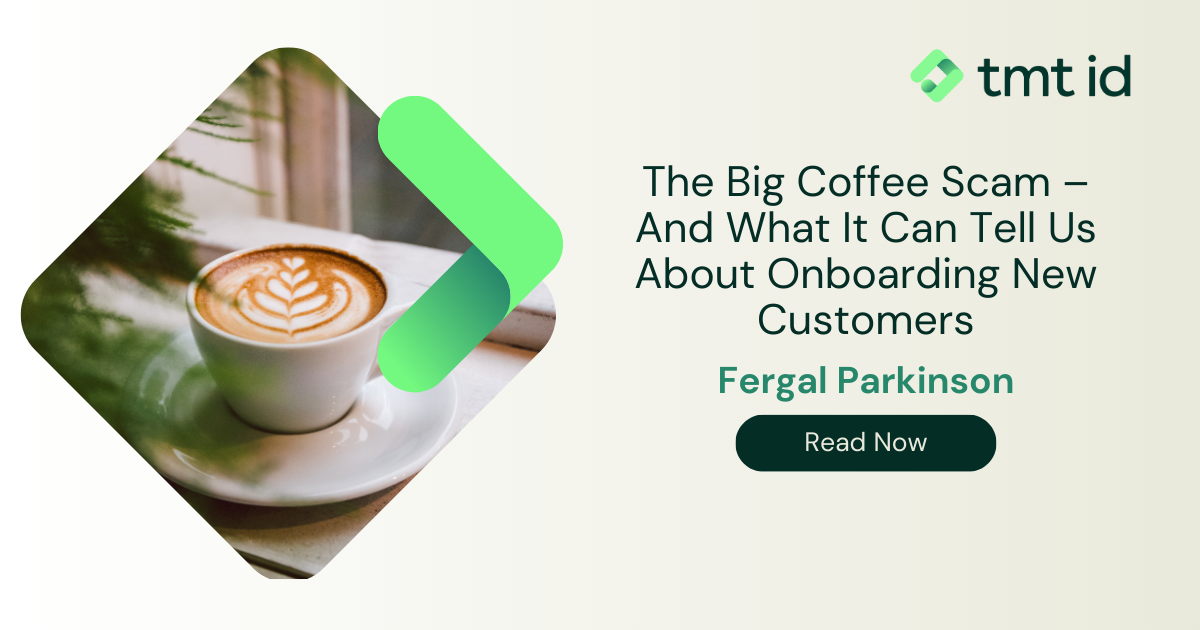
There may be no such thing as a free lunch – but an awful lot of people have been getting free coffee lately, courtesy of an onboarding blunder by one of our best-known food outlets.
This is a story about the mistakes that let this happen.
I won’t name them here because they’ve not made a public announcement about the issue but you’ll know the company I’m talking about – they have visually distinctive branding, with an outlet on seemingly every block and at one point seemed to have almost a monopoly on office workers’ lunching arrangements.
But when the pandemic hit they were immediately in financial difficulty and the working-from-home revolution that followed meant they struggled to regain anything like their previous revenues even after lockdowns were eased.
Around the time all of this was happening, some marketing bright spark came up with a wheeze to try to get more daily foot traffic back: subscription coffees.
The idea was that you’d offer people a discount on an addictive drink and they’d come several times a day and then be tempted to buy something else from your range too. A simple but potentially effective idea.
And to make it even more enticing – to get the big numbers in from day one – you’d offer the first month’s subscription free. Again, this had a loss leader dimension: some were sure to cancel at the end of the trial period but most, it was hoped, by then would be too used to the stream of coffees to want to give them up and so would keep going with their subscription, even when it was costing them £20-30 a month. Again – simple but potentially effective.
What went wrong was in the execution.
They wanted signing up to be easy – they wanted to get people in, after all, not turn them away – so they kept the form filling required to join the scheme minimal. Essentially all you needed was an email address.
The trouble was that an email address is very easy to acquire – as is a second and third and fourth one. And once word went round that this was all you needed to get free coffee the company soon had tens of thousands of these cappuccino carpetbaggers who would pitch up for a month, then disappear – only to reappear the same day under another digital identity wanting another four weeks worth of free drinks.
The daughter of a friend of mine was studying in Paris for a year during this period – and she got free coffee at this company’s outlet by the university for the whole time she was in France by whipping through a dozen different emails that she borrowed or created.
It didn’t take long before the company realised it was being scammed by people like this – and that, far from making a new revenue stream through their E-commerce store, the free coffees were actually costing them a small fortune. They had to hastily rethink the entire arrangement, redraw their onboarding process. Start again.
Now the revamped deal opens with a 50% discount for the first month and the sign-up process involves submitting a mobile phone number as well, as part of the on
And this is the crucial difference.
While it’s true that some people have more than one phone number, they’re not something you can generate on demand over and over – they’re an infinitely more substantive and verifiable entity than an email address.
They can also verify, for example, the same name matches the mobile account and the device you are using. That family friend in Paris was using, among others, email addresses from friends in the UK to get her café gratuit. Had she tried the same blag with a mobile phone number it would not have work as she would have to receive a OTP (One Time Passcode) or 2FA (Two Factor Authentication) to the phone she was using, and the one registered to her.
By omitting that phone number detail from their onboarding in its first incarnation, this outfit left themselves open to abuse. Now that they do belatedly include it, I understand, the rates of suspected abuse have dropped to almost zero.
The whole episode is a reminder of just how central mobile phones now are to providing a credible insight into anyone’s digital identity and behaviour patterns: everyone has a number and although the owners may lie, the numbers and the data trail associated with them can’t and don’t.
So omit numbers from your onboarding and you’ll be crying into your cappuccino.
Age Verification is another challenge faced my online retailers. You can find out more in our related article.
Last updated on January 6, 2026
We provide the most comprehensive device, network and mobile numbering data available
Contact us > Chat to an expert >